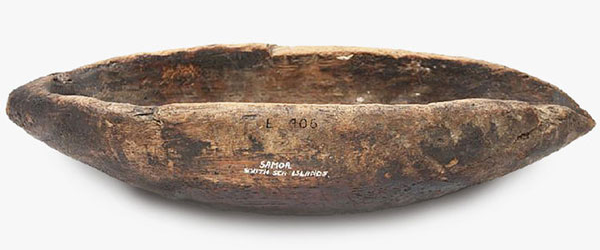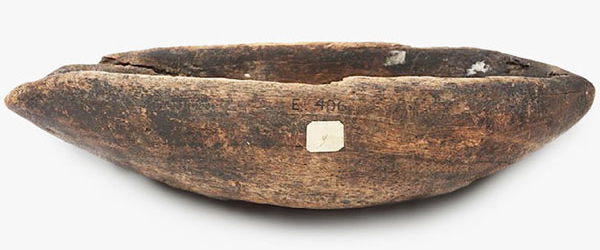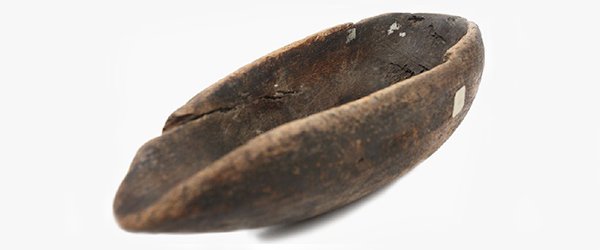
OBJECT IN FOCUS:
PACIFIC ARCHAEOLOGY
Our first virtual 'object in focus' features this Nelcau, an ancestral relic and ceremonial vessel from Aneityum Island, Vanuatu, in the Pacific Ocean. It was collected between 1845 and 1859 by the Rev Dr George Turner, who served as a missionary in the South Pacific and presented his collection to The Hunterian in 1860.
Further Information
- View this object via our online catalogue.
- Find out more about Rev Dr George Turner and his collection in our Collections Summaries section and the University of Glasgow Story.




